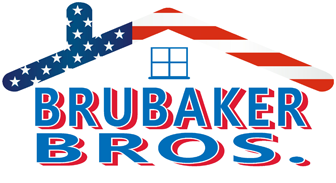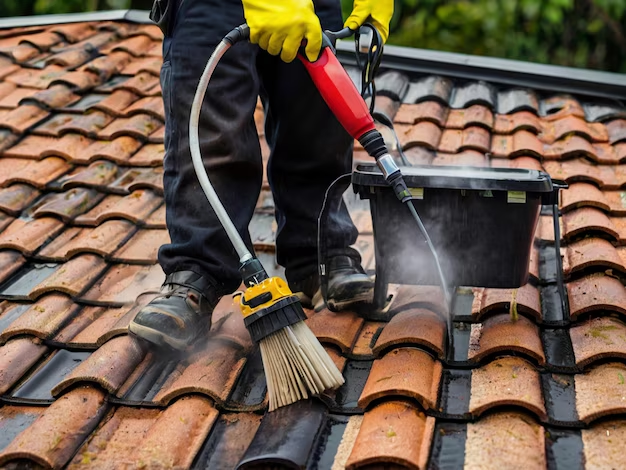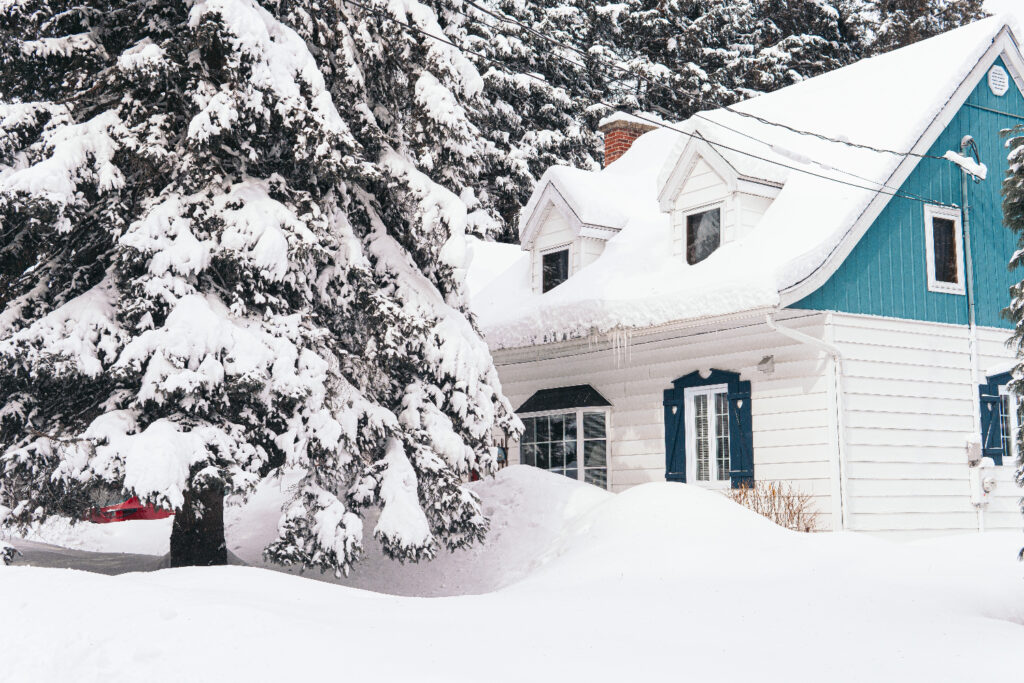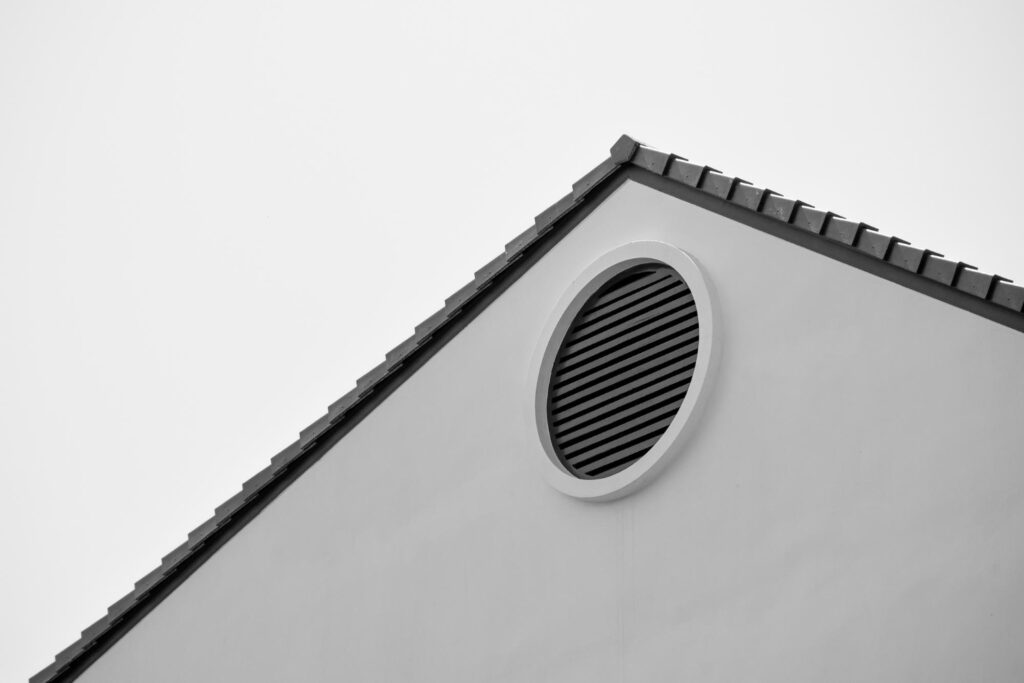Your roof is a crucial part of your home, protecting you from the weather and keeping you safe. Inspecting your roof regularly can help catch small problems before they become big ones. This saves you money and keeps your home in good shape. But how often should you inspect your roof?
In this article, we’ll explain why regular roof inspections matter, offer a seasonal inspection guide, highlight signs that need urgent attention, and help you decide between a professional and a DIY inspection.
Why Regular Roof Inspections Matter
Regular roof inspections are essential for maintaining the integrity of your home. They help identify and address small problems before they escalate into major issues. Ignoring your roof can lead to expensive repairs and even shorten its lifespan. By inspecting your roof twice a year, you can save yourself from these headaches.
Small problems, like a missing shingle or a tiny leak, can be easy to overlook. However, these issues can grow over time. A missing shingle can let water seep into your home’s structure, leading to rot, mold, and potentially significant damage. Regular inspections help catch these issues early when they are easier and cheaper to fix.
Moreover, consistent roof inspections can improve your home’s energy efficiency. A well-maintained roof helps to keep your home insulated, reducing heating and cooling costs. Checking for gaps, cracks, or damages ensures that your roof is doing its job in keeping your home comfortable through all seasons.
Seasonal Roof Inspection Guide
Inspecting your roof according to the seasons ensures you catch different issues that arise throughout the year. Here’s a simple guide to help you know what to look for during each season:
Spring Inspection
1. Check for Winter Damage: Look for any damage caused by snow and ice. Ice dams can cause shingles to lift or even tear off.
2. Remove Debris: Clear leaves, twigs, and other debris that may have accumulated over the winter.
3. Inspect Flashing: Check around chimneys, vents, and skylights for any signs of wear or leaks.
Summer Inspection
1. Check for Heat Damage: Look for shingles that are curling or blistering due to the hot sun.
2. Inspect for Moss or Algae: Warm, humid conditions can lead to moss or algae growth. Clean these off to prevent damage.
3. Ventilation Check: Ensure that your attic has proper ventilation to allow heat to escape, reducing your air conditioning costs.
Fall Inspection
1. Prepare for Winter: Make sure your roof is in good shape before the snow and ice hit. Look for any loose or missing shingles.
2. Clean Gutters: Clear out any leaves and debris to prevent clogs, which can cause water to back up and damage your roof.
3. Check for Cracks or Leaks: Look for any signs of wear that could lead to leaks during the winter.
Winter Inspection
1. Spot Check After Storms: After heavy snow or wind, check your roof for any immediate damage, such as loose shingles or obvious leaks.
2. Prevent Ice Dams: Make sure your attic is well-insulated to prevent ice dams from forming at the eaves.
3. Remove Excess Snow: Too much snow can put extra weight on your roof. If safe, use a roof rake to remove the snow.
Following this seasonal guide will keep your roof in top condition all year round, ensuring it can withstand the challenges of each season without problems.
Signs That Your Roof Needs Immediate Attention
Knowing the signs that your roof needs immediate attention can save you from larger problems down the road. Here are some key indicators to watch out for:
1. Leaks or Water Stains: If you see water stains on your ceilings or walls, it means water is getting through your roof. This is a clear sign that you need to inspect your roof for damage.
2. Missing or Damaged Shingles: Shingles that are cracked, curled, or missing leave your roof vulnerable. Replacing these right away helps prevent leaks and further damage.
3. Sagging Roof: If you notice any sagging, it means your roof’s structure is compromised. This can lead to serious issues and needs an immediate fix.
4. Granules in Gutters: Finding granules from shingles in your gutters means your shingles are wearing out. This reduces their effectiveness in protecting your roof.
5. Moss or Algae Growth: While some growth may look harmless, it can retain moisture and damage your shingles. It’s important to clean these off as soon as possible.
6. Seeing Daylight Through Roof Boards: If you can see sunlight coming through the boards in your attic, it means there are gaps or holes that need to be sealed.
Professional vs. DIY Roof Inspections
Deciding between a professional roof inspection and a DIY approach depends on several factors. Both have their advantages, but it’s important to choose the one that best fits your needs.
Professional Roof Inspections
1. Experience and Skill: Professionals have the training to spot problems that you might miss. They can provide a thorough and accurate assessment of your roof’s condition.
2. Safety: Inspecting a roof can be dangerous. Professionals have the right equipment and know how to navigate the roof safely, reducing the risk of accidents.
3. Comprehensive Report: A professional inspection typically includes a detailed report, helping you understand the issues and the best way to fix them.
DIY Roof Inspections
1. Cost Savings: Doing it yourself can save money. You don’t have to pay for a professional service, which can be useful if you’re on a tight budget.
2. Immediate Attention: With a DIY inspection, you can check your roof any time you suspect a problem. There’s no need to schedule and wait for a professional.
3. Learning Opportunity: Inspecting your roof yourself teaches you more about its condition. This knowledge can help you keep it in better shape over the long term.
It’s worth getting a professional inspection at least once a year, even if you regularly check your roof yourself. This ensures that any hidden issues are discovered, and you can take action to fix them.
Conclusion
Regular roof inspections are key to keeping your home safe and sound. Checking your roof annually and after major storms helps catch issues early, preventing costly repairs. Knowing the signs of trouble, like leaks or missing shingles, means you can address problems before they get worse.
Balancing professional roof inspections with your own checks ensures nothing gets overlooked. Implementing proper maintenance routines can significantly extend your roof’s lifespan. If you’re ready to schedule a professional roof inspection or need expert advice, look no further than Brubaker Bros. LLC today. Our roofers in York, PA, are here to help you keep your roof in the best shape possible. Contact us now to book your inspection and safeguard your home.




